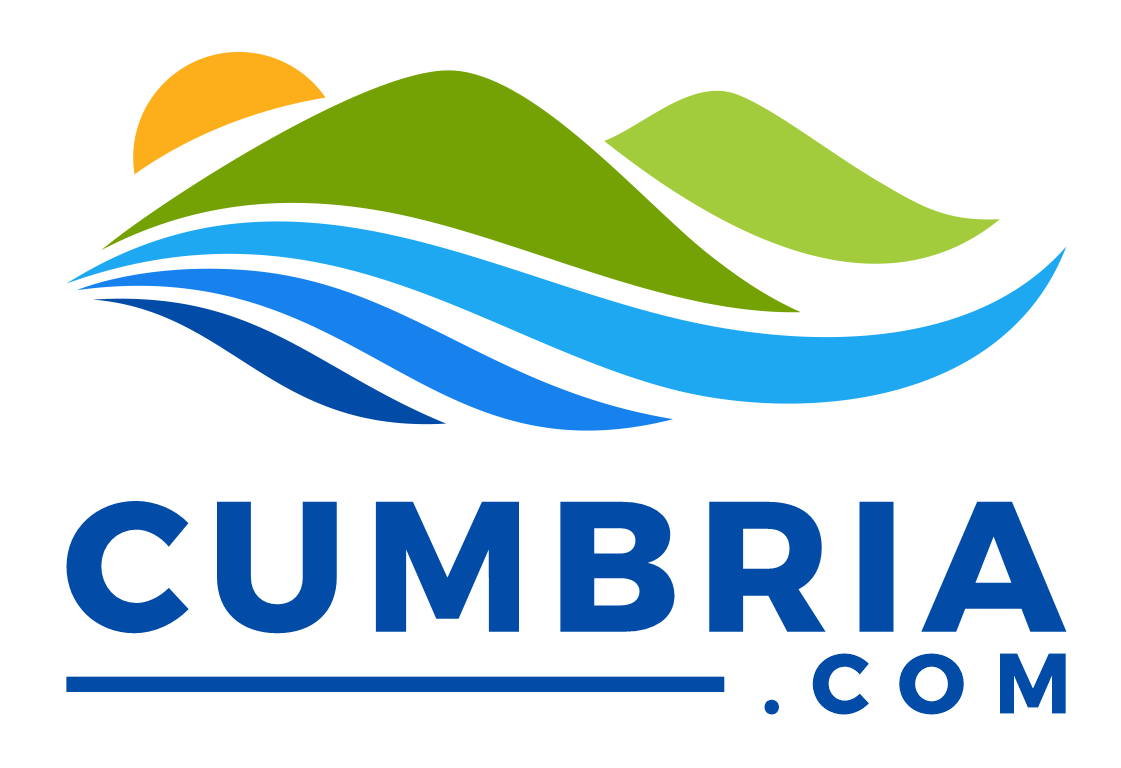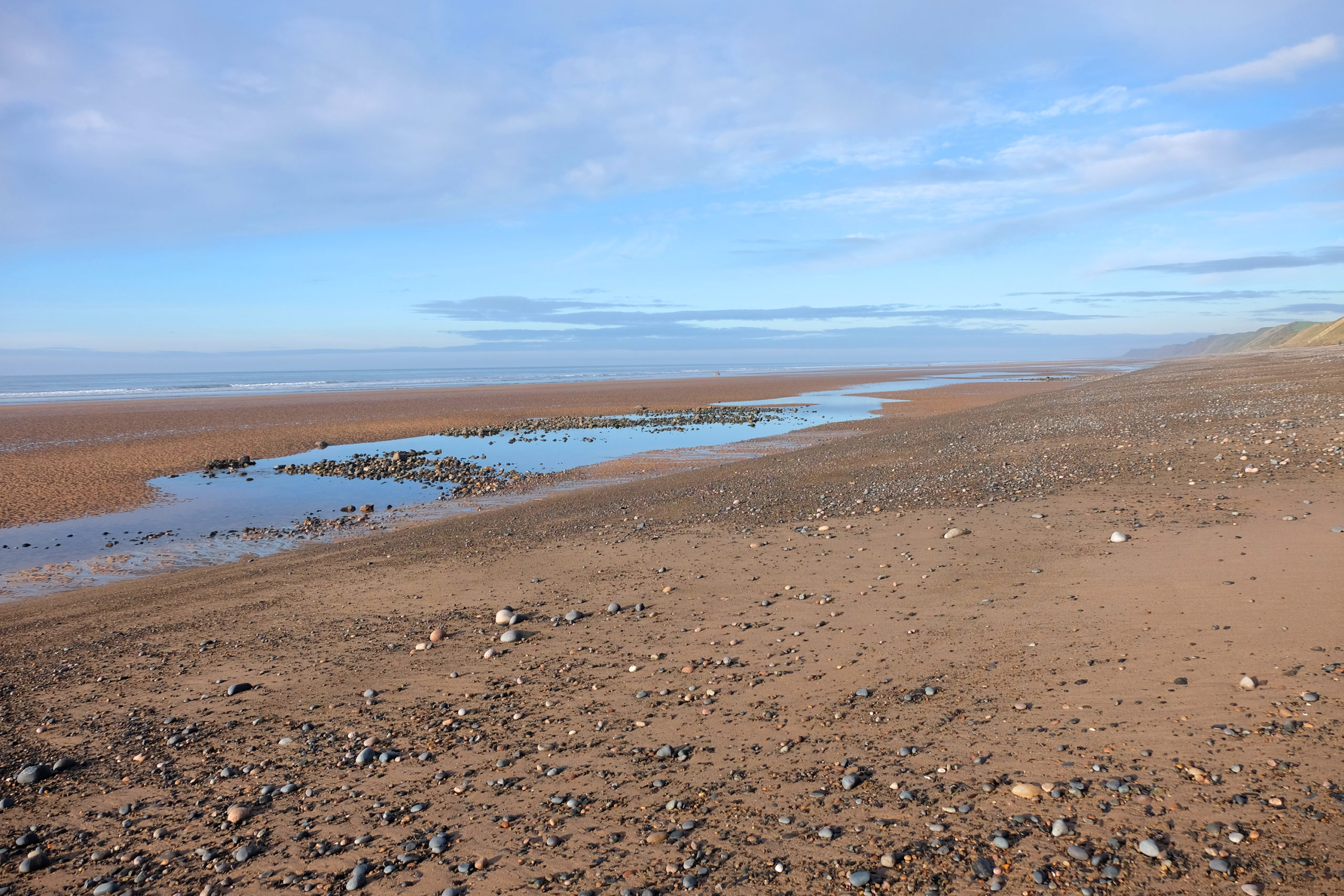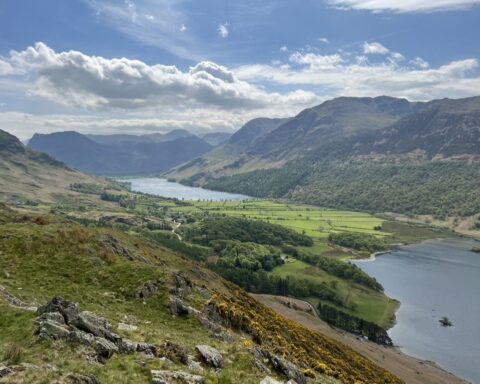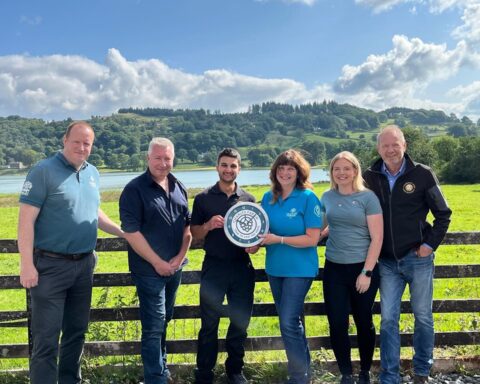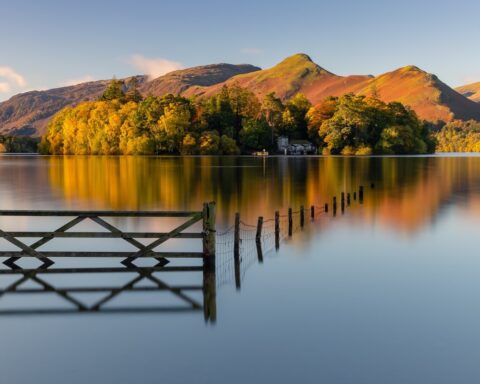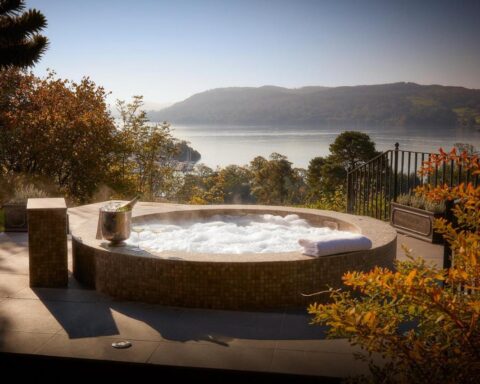To the south and west, Cumbria is bordered by the sea – a fact that many visitors overlook in their desire to see the lakes and the fells. There’s Morecambe Bay along its southern edge and the Solway Firth to the north, both of which are characterised by salt marshes, sand dunes and mud flats. In between the two, the settlements along the west coast look straight out across the open Irish Sea. This section of the coast is largely flat, consisting of farmland and a number of small harbour towns and villages, but there are also some cliffs north of St Bees.
Starting in the south-east and working west and then north, Cumbria’s main coastal settlements are Arnside (part of the Arnside and Silverdale Area of Outstanding Natural Beauty), Grange-over-Sands, Barrow-in-Furness and Millom, all of which look out on to Morecambe Bay; Ravenglass (part of the Lake District National Park), Seascale, St Bees, Whitehaven and Workington, along the more open stretch of coast; and then Maryport, Allonby and Silloth beside the Solway Firth, the massive estuary dividing England from Scotland. Beyond Silloth, Cumbria’s border swings east, following the broad channel of the tidal River Eden inland, which, like Allonby and Silloth, is contained within the Solway Coast Area of Outstanding Natural Beauty.
If you’re looking for beaches, Cumbria’s west coast has miles and miles of them. Backed by an extensive dune system, Silecroft beach in the south-west corner of the county is one of the longest, with low tides revealing a vast expanse of sand. There are good sandy beaches at Haverigg, Seascale, St Bees and Allonby too, although these are largely hidden when the tide is at its highest. If you don’t mind pebbles though, or waiting until the tide’s gone out, you can stride out for many hours along these beaches. When the weather’s clear, the views across to the Isle of Man and the hills of Dumfries & Galloway in Scotland are superb. If you’re really lucky, you might spot a harbour porpoise (similar to a dolphin but smaller) out in the water, particularly along the Solway coast. Dolphins and seals pop up occasionally too, with Walney Island playing host to a colony of grey seals.
Wildlife thrives in the varied coastal habitats, particularly in the dunes, salt marshes and mudflats of Morecambe Bay and the Solway Firth. These are home to tens of thousands of geese, swans and waders during the winter, while one of the UK’s rarest amphibians, the natterjack toad, breeds here.
The whole coastline south of Maryport is served by the Cumbria Coast railway, which links Carlisle in the north with Barrow-in-Furness in the south, and the Furness Railway Line, which runs from Barrow-in-Furness to Lancaster.
